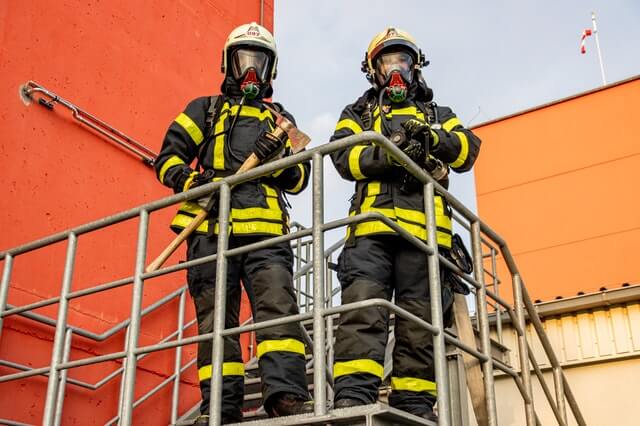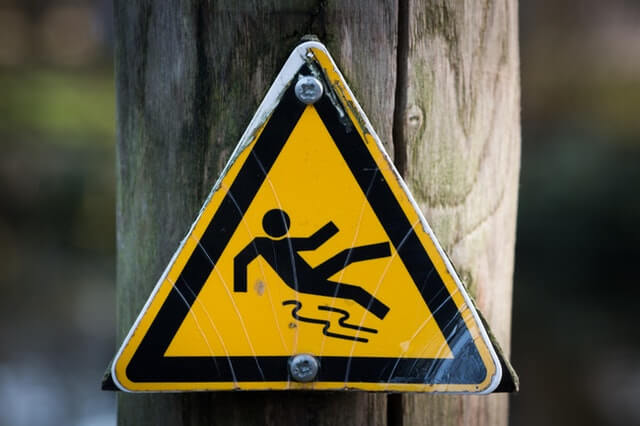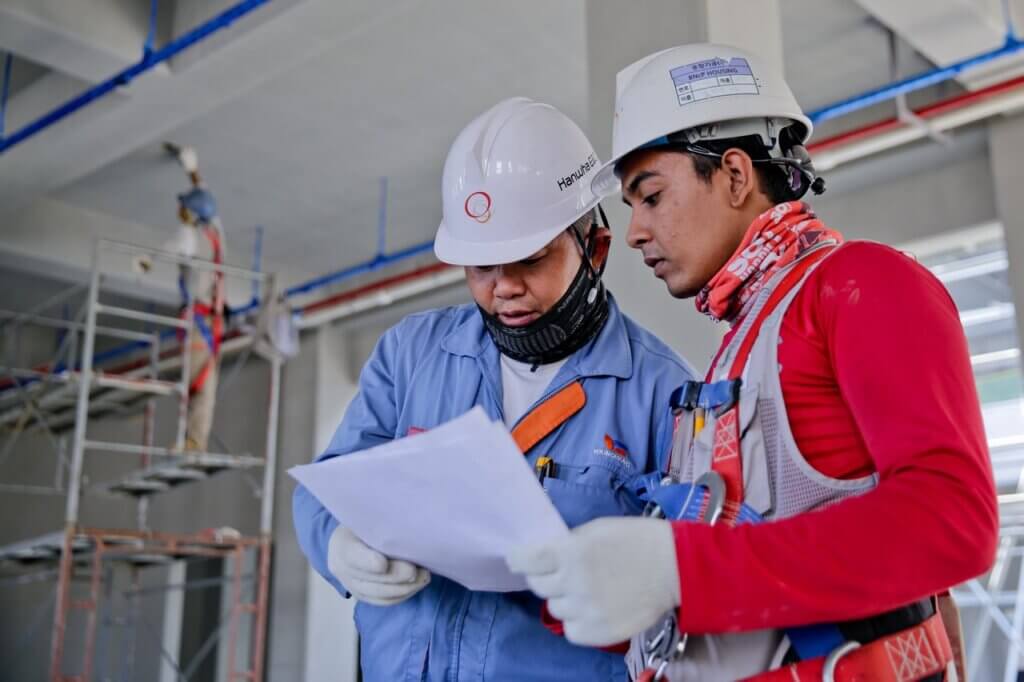OVERVIEW
Heat and humidity can cause several different types of heat-related illnesses such as heat cramps, heat exhaustion and heat stroke. Knowing the signs and symptoms of each type of heat-related illness will help to keep you safe on the job. Normally, the body has ways of keeping itself cool by allowing heat to escape through the skin and evaporating sweat (perspiration).
However, if the body does not cool down properly or does not cool down enough, a person may suffer a heat-related illness. Anyone is susceptible to a heat-related illness, but the very young and elderly are at the greatest risk. Beyond that, heat-related illnesses can become serious or even deadly if unattended.
TYPES OF HEAT-RELATED EMERGENCIES
These are three types of heat-related emergencies:
- Heat Cramps are muscular pains and spasms caused by heavy exertion. This is generally the result of a loss of water and salt through sweating.
- Heat Exhaustion is caused by fluid loss and decreased blood flow to your vital organs. This condition can produce flu-like symptoms.
- Heat Stroke is the most serious heat-related emergency and occurs when the body’s internal cooling system has failed. This is a life-threatening condition requiring immediate and aggressive action.
THE HEAT INDEX
The heat index is a method that combines air temperature and relative humidity to determine an apparent temperature. The human body normally cools itself through perspiration (or sweating), when the water in sweat evaporates and carries heat away from the body.
However, when the relative humidity is high, the evaporation rate of the water is reduced. This means heat is removed from the body at a lower rate, causing it to retain more heat than it would in dry air. The heat index is important to know when doing physical work outdoors, as higher combinations of heat and humidity can make the body more susceptible to heat-related illnesses.
PREVENTING HEAT RELATED EMERGENCIES
Know the signs and symptoms of the various types of heat-related illnesses. Take time to monitor yourself and be aware of your co-workers. If working outdoors, avoid long periods of direct sunlight. Use cooling fans to keep air circulating around your body. This helps aid your natural cooling process. Wear lightweight, light-colored and loose-fitting clothes when working in warm and humid environments. Drink primarily non-caffeinated fluids. Caffeine actually works against you because it is a diuretic and will cause you to lose more fluids than you are ingesting. Drinking water or other electrolyte products are best. Never wait until you feel thirsty to start hydrating – you are well on your way to becoming dehydrated when you feel thirsty. It is critical to your overall health to stay properly hydrated, especially when working in hot and humid environments.






